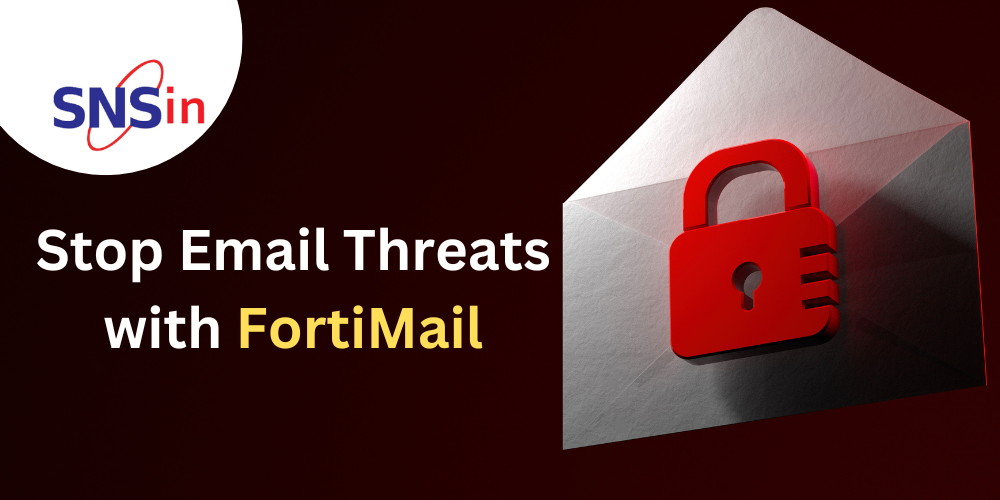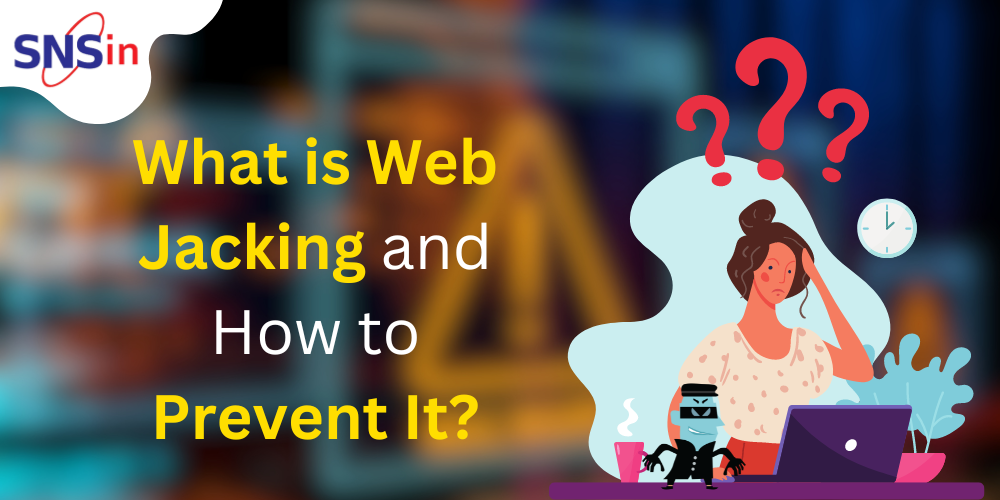If cybersecurity myths had a face, it’d be that goofy cartoon crook in a striped sweater, tiptoeing across your desktop with a USB stick and a smirk. Harmless? Not quite. Laughable? Until your systems are locked up and someone’s demanding Bitcoin.
These myths slink into conversations everywhere—from conference rooms to corner cafes. They whisper in board meetings, echo in vendor pitches, and lurk behind “we’ve got it covered” bravado. The worst part? They sound logical. Reasonable, even. But in today’s landscape—where cyberattacks evolve faster than your favourite OTT show drops a new season—clinging to these myths is like navigating a minefield in flip-flops.
The truth? Misinformation is often more dangerous than the malware itself.
Here are ten cybersecurity myths quietly leading businesses into the lion’s den—and what you should be doing instead.
Myth #1: “We’re Too Small for Hackers to Bother With”:
Let’s get one thing straight—cybercriminals don’t discriminate based on your office size or whether your startup still operates out of your cousin’s spare bedroom.
Thinking your business is too tiny to attract hackers is like assuming pickpockets ignore people with small wallets. In reality, you might just be the ideal target. Why? Because you probably don’t have a battalion of cybersecurity experts or a 24/7 IT team watching over your digital shoulder.
Reality Check: In 2023, over half of all cyberattacks were launched against small and medium-sized businesses. That’s right—hackers are betting on the fact that your security is as thin as a “wafer”. And they’re usually right. Phishing scams, ransomware attacks, credential theft—you name it, they know how to make it hurt, even if you’re just selling organic fruits out of a garage in Pune.
Myth 2: “Antivirus Software Is Enough”:
Installing antivirus and calling it a day is like slapping a Band-Aid on a leaking pipe and hoping the flood will hold off until Monday. It feels proactive, sure. But in practice? It’s woefully incomplete.
Think of antivirus as your digital doorman—it might catch some obvious intruders, but it’s not going to recognize the guy dressed as the pizza delivery guy who’s actually a hacker with a trojan horse in hand. Today’s cyber threats are clever, silent, and often slip in unnoticed—through phishing emails, outdated plugins, or that “free Wi-Fi” at the airport lounge.
Reality Check: A solid cybersecurity posture is more like an orchestra than a solo act. Yes, antivirus plays a role—but you also need firewalls that inspect traffic, endpoint protection that watches devices, regular software patching, network monitoring, encryption, multi-factor authentication, and employee training. It’s a layered defense strategy—because threats don’t come from one door alone.
Myth 3: “Strong Passwords Are All I Need”:
Passwords serve as the first line of defense in safeguarding our digital assets. You’ve crafted the perfect one: 14 characters, sprinkled with uppercase, lowercase, a number or two, an @ symbol, and perhaps the name of your childhood goldfish who met a tragic fate. Uncrackable, right?
Reality Check: Not quite. Hackers these days don’t guess passwords like it’s a game of Wheel of Fortune. They use bots, leaked databases, and enough computing power to make your complicated combo look like a crossword clue. A password—even a very strong one—is just one locked door in a house full of windows.
What You Need ?: Multi-Factor Authentication (MFA). Think of it as the digital equivalent of a bouncer, a metal detector, and a retina scan all in one. Even if your password leaks, MFA ensures hackers still need another key to get in. Layer up. It’s cold (and dangerous) out there.
Myth 4: “Cybersecurity Is IT’s Job—Not Mine”:
Many employees treat cybersecurity like a lunch menu: not their problem unless something’s missing. But threats like phishing and social engineering don’t just knock on IT’s door—they target everyone.
Reality Check: Cybersecurity is a shared responsibility. One wrong click by anyone in the team can compromise the entire network. Training every employee is not optional—it’s survival.
Myth 5: “Macs Don’t Get Viruses”:
This one’s been floating around since the early 2000s. Apple’s slick marketing made people believe Macs were immune to cyber threats. But even the shiniest armour has weak spots.
Reality Check: Macs are vulnerable. In fact, as their market share has grown, so has hacker interest. Malware, ransomware, spyware—they all know how to tango with a Mac now.
Myth 6: “We Did a Security Audit Last Year, So We’re Good”:
Imagine telling your doctor, “I got a check-up in 2022, so I’m all set!”—while munching on fries, ignoring that back pain, and skipping the gym since the last Avengers movie came out.
Reality Check: A one-time audit is a snapshot, not a strategy. Cyber threats don’t follow calendars. They change as fast as social media trends. Yesterday’s secure system could be tomorrow’s open invitation for ransomware.
What You Need ?: Regular vulnerability assessments, patch management, phishing simulations, and real-time monitoring. Think of it as brushing your digital teeth—not a once-a-year thing, but a daily habit to keep the rot away.
Myth 7: “Firewalls Block Everything Dangerous”:
If firewalls were people, they’d be the serious-faced security guard at the door of a high-rise—great at stopping rowdy intruders but not so good at spotting the smooth-talker with a fake badge.
Reality Check: Firewalls are essential. But let’s not give them superhero status. Sophisticated attacks—like phishing, insider breaches, and zero-day exploits—don’t knock. They sneak in, blend in, and often wear the company ID.
What You Need ?: A multi-layered security approach. Behavioural analytics to spot strange activity, endpoint protection to lock down access, and network visibility tools to detect silent threats. Firewalls start the job. They don’t finish it.
Myth 8: “Data Is Only Valuable If It’s Financial”:
“Why would anyone want our data? We don’t even store credit card numbers.”
Reality Check: Hackers aren’t just hunting for money—they want personal info, login credentials, trade secrets, client lists, and even your internal communication. Data is currency, no matter the type.
Myth 9: “Cloud Services Are Automatically Secure”:
Cloud vendors promise the moon: storage, speed, flexibility—and security. But here’s the kicker: while they protect their infrastructure, you’re often responsible for protecting your data.
Reality Check: Misconfigured cloud settings are among the top causes of data breaches. You still need access controls, encryption, backups, and monitoring. Don’t assume your cloud is a fortress. Always lock the gates.
Myth #10: “We’d Totally Know If We Were Breached”:
Hollywood would have you believe a cyberattack looks like this: alarms blaring, red lights flashing, a hacker in a hoodie hammering keys in a neon-lit basement while dramatic music builds in the background. You notice the breach immediately and the IT guy yells, “They’re in the mainframe!”
Back in reality, breaches are far more subtle—and far more sinister.
What Actually Happens? : The average breach is more like a burglar who tiptoes in through the back door, makes himself a sandwich, rearranges your furniture, and lives in your attic for a month before you even notice something’s off. No alarms, no hoodies, no melodrama—just quiet, calculated intrusion.
Many businesses don’t even realize they’ve been compromised until weeks—or even months—later. By then, sensitive data might already be copied, sold, or weaponized. It’s not about if they get in; it’s about how long they stay before you catch them.
What You Should Be Doing?: You need tools that are watching 24/7. Think of Endpoint Detection and Response (EDR) as your night-vision goggles, and SIEM (Security Information and Event Management) systems as the security guard that never blinks. Pair that with an incident response plan that doesn’t start with, “Oh no, now what?” and you’ll be far more prepared than most.
The Takeaway: Breaches don’t announce themselves. So if your security plan relies on gut feeling and good luck, it’s time to upgrade to something a bit more… dependable.
So, How do you stay safe?
Awareness is step one. But here’s how you can really armour up:
- Invest in layered security. No single tool is enough.
- Conduct regular training. Empower your team to spot threats.
- Use MFA everywhere. Even your coffee machine if it has Wi-Fi.
- Back up your data. And test the restore process too.
- Monitor your network. You can’t fix what you can’t see.
- Work with experts. Don’t hesitate to bring in a Managed Security Services Provider (MSSP) who eats ransomware for breakfast.
Final Thought: Don’t Wait for the Fire Alarm:
Cybersecurity isn’t about being paranoid—it’s about being prepared. Myths are comforting, but they lull you into a false sense of security. And in a world where hackers are innovating faster than ever, the last thing your business needs is a blind spot.
So, bust those myths, stay informed, and build a security culture that works for your entire team—from the CEO to the intern.
Remember: In cybersecurity, what you don’t know can—and probably will—hurt you.
For any Cyber Security Consultation or review of your Cyber Security Posture, contact us at [email protected]
Author
Nk Mehta
![]()




